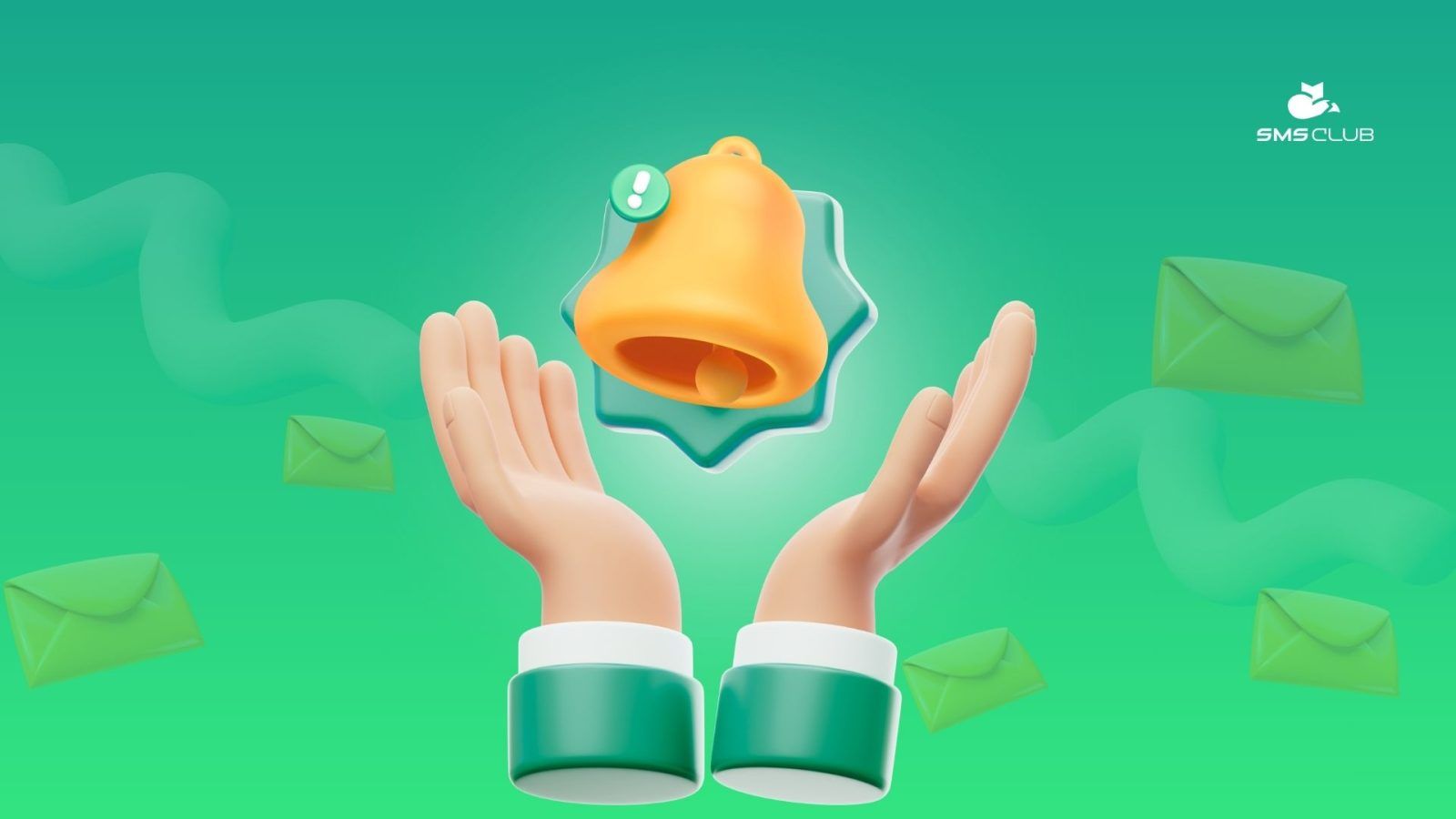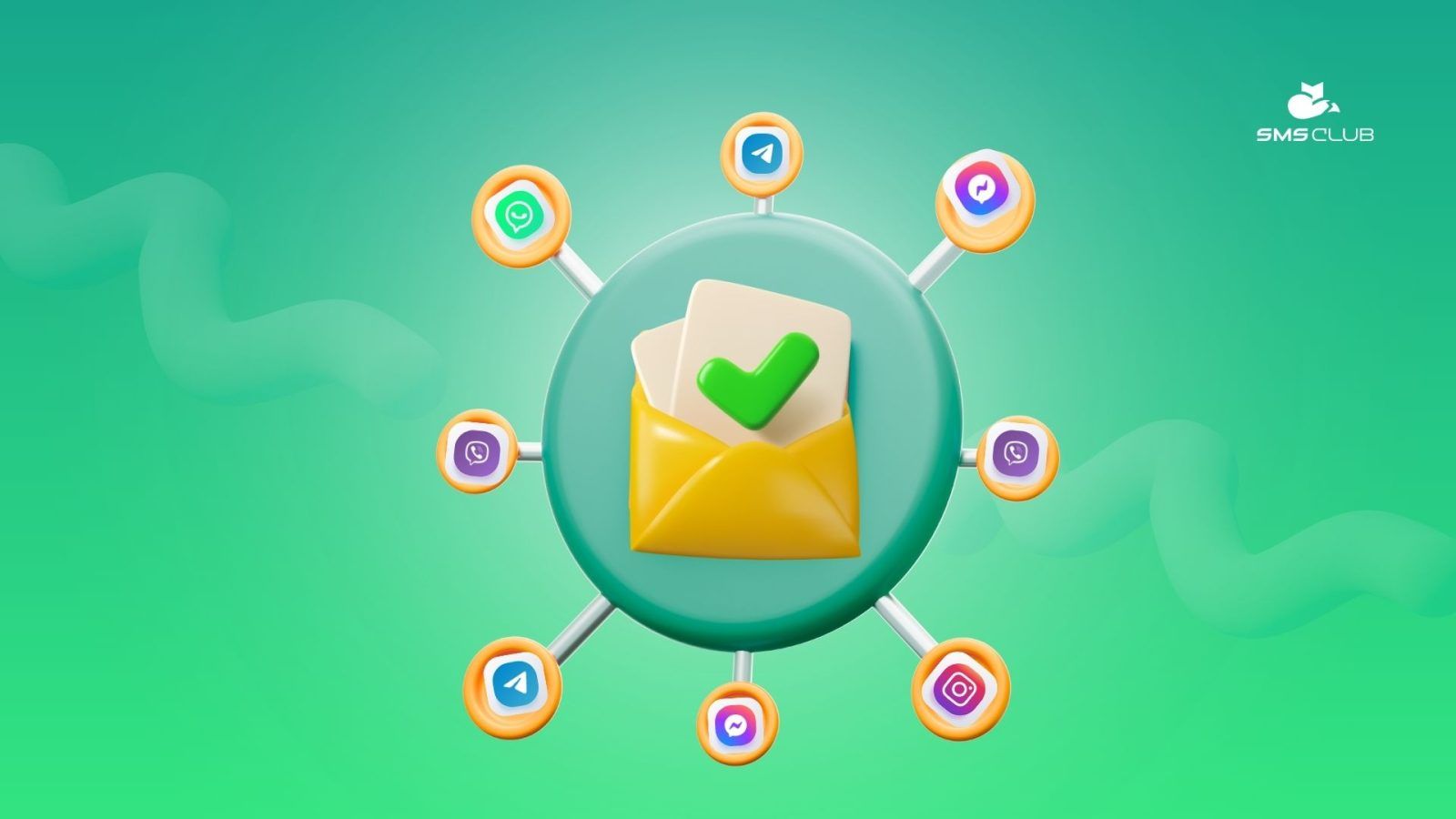How to increase SMS conversion rate and get more responses from customers?

Contents:
Contents:
What is conversion? In a broad sense, it’s transformation. For example, a drastic change in emotions, views, or the reallocation of resources. In marketing, this concept also highlights changes, primarily regarding the interaction between a person and your brand.
The analysis of Marketing Conversion Rate, or conversion rate, allows businesses to adjust their promotional approaches in a timely manner and, more importantly, influence customer buying behavior: encouraging visits to the website, signing up for a page, purchasing products with or without discounts, and more.
In SMS marketing, this is also one of the most important parameters for understanding campaign effectiveness. Everything you need to know about conversion rates in message campaigns, what factors this advertising tool reacts to, and most importantly, which conclusions will help increase profits — is discussed below.
Goal, Metrics, and What to Do with Them
SMS is one of the communication channels that enhances others. In some businesses, sales increase by 30-40% thanks to advertising SMS campaigns. There are many reasons, but among the main ones:
- SMS is synonymous with conciseness. Reading the text takes just seconds, and it grabs attention just as effectively as an expensive video ad.
- Messages are sent to people who are already familiar with your brand. This minimizes unnecessary losses.
One goal
For the campaign to be successful, you first need to clearly define its goal. A simple question comes to mind: “For what”?
For example: for people to purchase a specific service. Or for them to buy any product from your range. Or — to increase page reach or remind them that your store is open?
At this stage, it’s also helpful to think of a mechanism that will show that the conversion happened specifically due to SMS. There are two simplest options:
- Embed a promo code or password into the SMS. These can be 3-5 characters, which won’t take up too many characters in the already short text, but will ultimately make analytics easier.
- Create a separate page on the site — specifically for those people who will visit it through the message.

Five Metrics
When analyzing the results of the campaigns, specialists rely on at least five metrics, and Conversion Rate is the culminating, summarizing one of them. Read more about each in the article “How to Analyze the Effectiveness of Your SMS Campaigns: Key Metrics”. Briefly:
- Delivery Rate — the delivery rate — the percentage of messages that were successfully delivered to recipients. This indicator usually equals at least 95%;
- Open Rate — the open rate — the number of recipients who read the SMS;
- Click-Through Rate (CTR) — the click-through rate. This is the number of recipients who not only read the message but also reacted to it;
- Response Time — the time between receiving the message and reacting to it, ranging from three minutes to several days;
- Conversion Rate (CVR) — the percentage of recipients who took active action.
One Formula
To calculate the result of SMS Marketing Conversion Rate, you will need two numbers:
DR (Delivery Rate) — the number of people who received the message
CTR (Click-Through Rate) — the number of people who received the text message.
Divide the first by the second, and then multiply the resulting number by 100. This is the CVR (Conversion Rate):
CVR% = (CTR/DR) X 100
Example. Your promotional campaign was sent to 53 subscribers. 50 received the message. 10 bought the offered product.
10/50 X 100 = 20%
General and Internal Factors that Affect SMS Campaigns
Now, the question arises: is 20% a lot or a little? What if I have 3% — then the campaign didn’t succeed? And what if it’s 70% — maybe I’m calculating something wrong?
We’ll disappoint you: there is no universal SMS rate figure that you need to achieve. Even identical campaigns launched by the same business for the same audience can give different results.
Why? Because the market is a living organism, which responds to practically everything — the economy, events, salary payment schedules, and even retrograde Mercury. And seriously, the optimal performance rate for a company is determined individually by each business, taking into account all these factors.
General Factors
SMS, as one of the advertising tools, can reflect various “circumstances of force majeure”, meaning those that you cannot influence. For example, in:
- Niche. This is when a competitor suddenly has a better offer, or if there’s a scandalous investigation surrounding the manufacturer or product.
- Emotional background in the country. An ad launched at the wrong moment, for example, after a tragedy, may pass unnoticed — just because most people are focused on this event, and they have directed their funds to help others, not to buy something they can do without at the moment.
Moreover, to optimize the conversion rate, it’s important to consider even what commercial model your business operates under: B2B, B2C, or its modern modification D2C (direct to customer), where all business operations are concentrated on social media.
Thus, one seller will achieve results, for example, thanks to a focus on universal discounts, while another will succeed by using an individual approach to clients.
Internal Factors
This is simpler and clearer because, at least, each point can be influenced. Specifically:
- Product. It always refers to the cost and quality of the product.
- Target audience. No one plans to change it, but it is necessary to more carefully research and “play” with segmentation. Marketing magic is always the result of attentiveness, observance, and the timely questioning of clients — and the answers are perceived and accounted for.
- The motive for the campaign. If it’s about pre-season or pre-holiday discounts — the conversion rate will traditionally be higher. If the task is to inform about the opening of a new store or the introduction of a new service, then at the moment, a person might not be interested in an SMS.
Example 1:
A bakery in a regional center faced a decline in sales. The decision was to expand the product range. A newsletter for customers was sent before a religious holiday.
However, the expected increase in revenue didn’t happen — the newsletter to nearly 2,000 people seemed like a “budget waste”.
The situation was clarified by the “well-forgotten” customers who still visited the bakery: “Your pastries used to stay fresh for a week, but now they get stale by the evening”, “The pies started smelling of oil, it wasn’t like this before”, “Did you change the head baker or the recipe?” — customers said.
In other words, the main reason for customer churn wasn’t competition or declining purchasing power, but complaints about the quality of the product. Service flaws also played a role. Why the first “warnings” weren’t noticed in time — this question is certainly not for the marketer. But conclusions about organizing work were made.
Example 2:
An insurance company decided to remind current and former clients about the available offers for health, property, and vehicle insurance. An SMS campaign was sent to a database of 15,000 subscribers.
Of those, nearly 1,500 people visited the website on the first day, and 120 eventually purchased services.
This is a very good result for SMS conversion rate — and the risks related to customers’ purchasing power were fully justified. However, how many promotional and mass sendings options the company tried to achieve this result — the story is silent.
Conclusion
In marketing — as in life — one rule often applies: if you don’t try, you won’t know. Setting up notifications and advertising customers via SMS brings results in any niche. The main thing is to target your customer base correctly and have a good understanding of your target audience.
Life hack: One of the best ways to optimize your bulk campaign is to send test SMS and experiment with different calls to action, messages, and offers. This way, you can determine in advance what works and what doesn’t, minimizing unnecessary expenses. Contact a trusted SMS marketing service to take advantage of this and other benefits of this tool.




